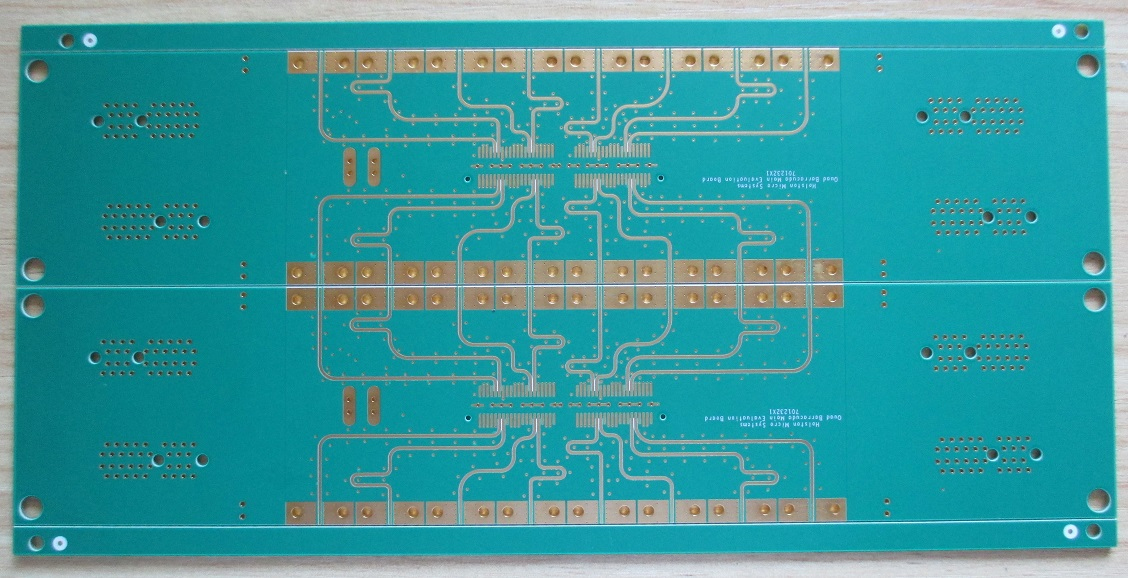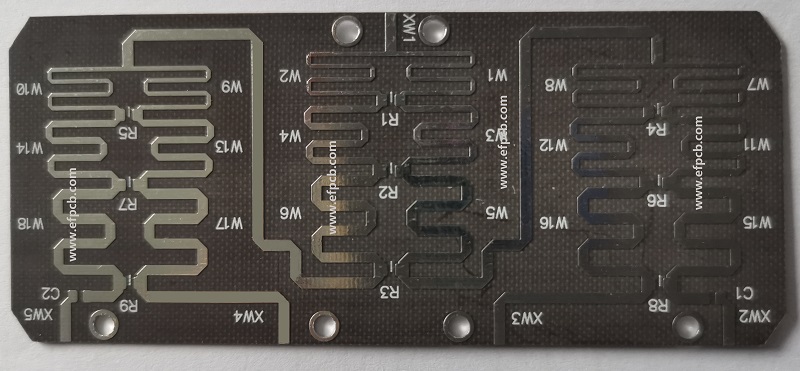The Essential Role of Radio Frequency PCBs in Modern Technology
Transmission
lines are structures intended to direct electromagnetic signs starting with one
point then onto the next with insignificant bending or misfortune. They are
vital in Radio Frequency PCB to keep up with signal honesty, diminish
reflections, and relieve impedance bungles that could some way or another
corrupt exhibition.
Key Ideas
• Trademark Impedance (Z0): Trademark
impedance is a crucial property of a transmission line, addressing the
proportion of voltage to current in a unit length. It decides how successfully
a transmission line moves power from a source to a heap. For RF PCBs, keeping
up with steady trademark impedance all through the follow is imperative to
forestall signal reflections and keep up with ideal sign quality.
• Engendering Deferral: The time it
takes for an electromagnetic wave to go along a transmission line from the
source to the objective is called proliferation delay. This becomes basic in RF
PCB plan, where timing is urgent for legitimate sign synchronization and
handling.
• Reflections and VSWR: High VSWR
demonstrates the presence of reflections because of impedance crisscrosses. In
Radio Recurrence PCB configuration, limiting VSWR is fundamental to forestall
signal corruption and keep up with signal honesty.
Transmission Line Types
• Microstrip: They comprise of a guide
on one side of the PCB and a ground plane on the other. Microstrip lines are
somewhat simple to manufacture and are appropriate for plans with moderate
frequencies.
• Stripline: Stripline transmission
lines are sandwiched between two ground planes, giving better safeguarding and
decreased radiation contrasted with microstrip lines.
• Coplanar Waveguide (CPW): CPW
transmission lines include a guide sandwiched between two ground planes, with
the sign follow uncovered on the top. CPW lines offer great seclusion and are
reasonable for RF plans that require insignificant radiation.
Plan Contemplations for
RF PCBs
• Follow Width and Dispersing: The
components of the transmission line, for example, follow width and dividing,
influence its trademark impedance. Exact command over these aspects is urgent
to keeping up with the ideal impedance.
• Dielectric Steady (εr): The
dielectric material utilized in the PCB influences the engendering pace of the
sign and, thusly, the trademark impedance. Understanding the dielectric
properties and their effect on the transmission line is fundamental.
• Signal Honesty and EMI: Appropriate
establishing and safeguarding methods are fundamental in Radio Recurrence PCB
plan to relieve electromagnetic obstruction (EMI) and guarantee signal
respectability. Cautious consideration should be given to establishing systems
and sign steering.
Radio
Recurrence (RF) PCBs are pivotal in the present innovation driven world,
empowering the usefulness of gadgets that depend on high-recurrence signals.
From cell phones and satellite frameworks to radar and specialized gadgets, RF
PCBs are basic to guaranteeing ideal execution and unwavering quality.
RF
PCBs are intended to deal with high-recurrence signals with negligible sign
misfortune and obstruction. This requires particular materials and exact
assembling methods to keep up with signal trustworthiness and diminish
electromagnetic impedance. Excellent substrates, for example, those produced
using materials like Rogers or Teflon, are normally used to accomplish the important
presentation guidelines.
One of the critical difficulties in RF PCB fabricating is overseeing impedance and sign uprightness. Engineers should cautiously plan the PCB format to guarantee steady impedance and limit signal reflections, which can debase execution. High level reenactment instruments and methods are utilized to address these difficulties, guaranteeing that RF PCBs meet severe execution measures.
As innovation propels, the interest for RF PCBs keeps on developing, driven by advancements in media communications, purchaser gadgets, and aviation. Makers are continually refining their cycles and materials to stay up with advancing necessities and higher frequencies.
Next: Powering Electronics Innovation: PCB Assembly Services in China




Comments
Post a Comment